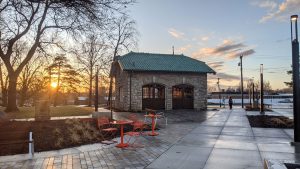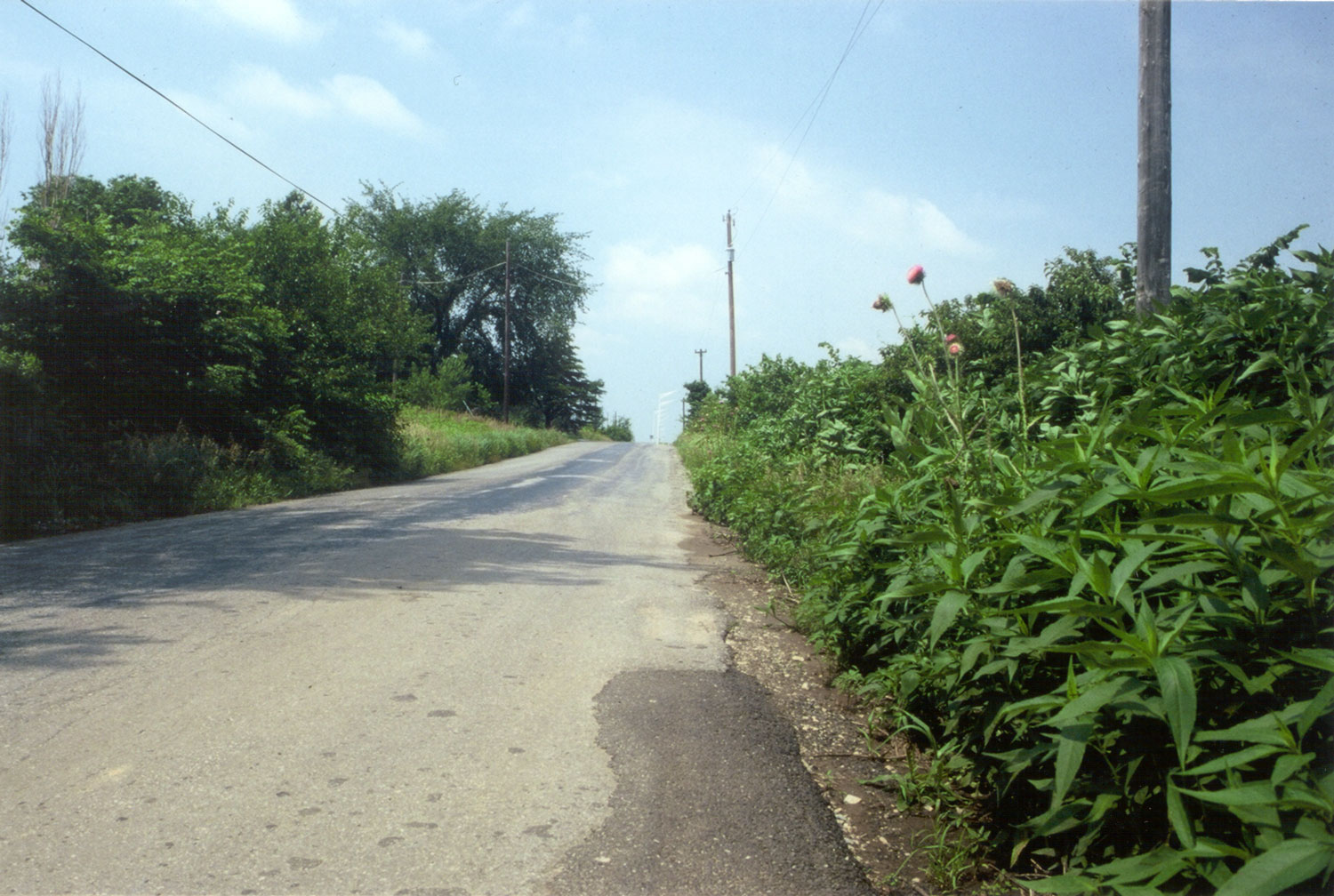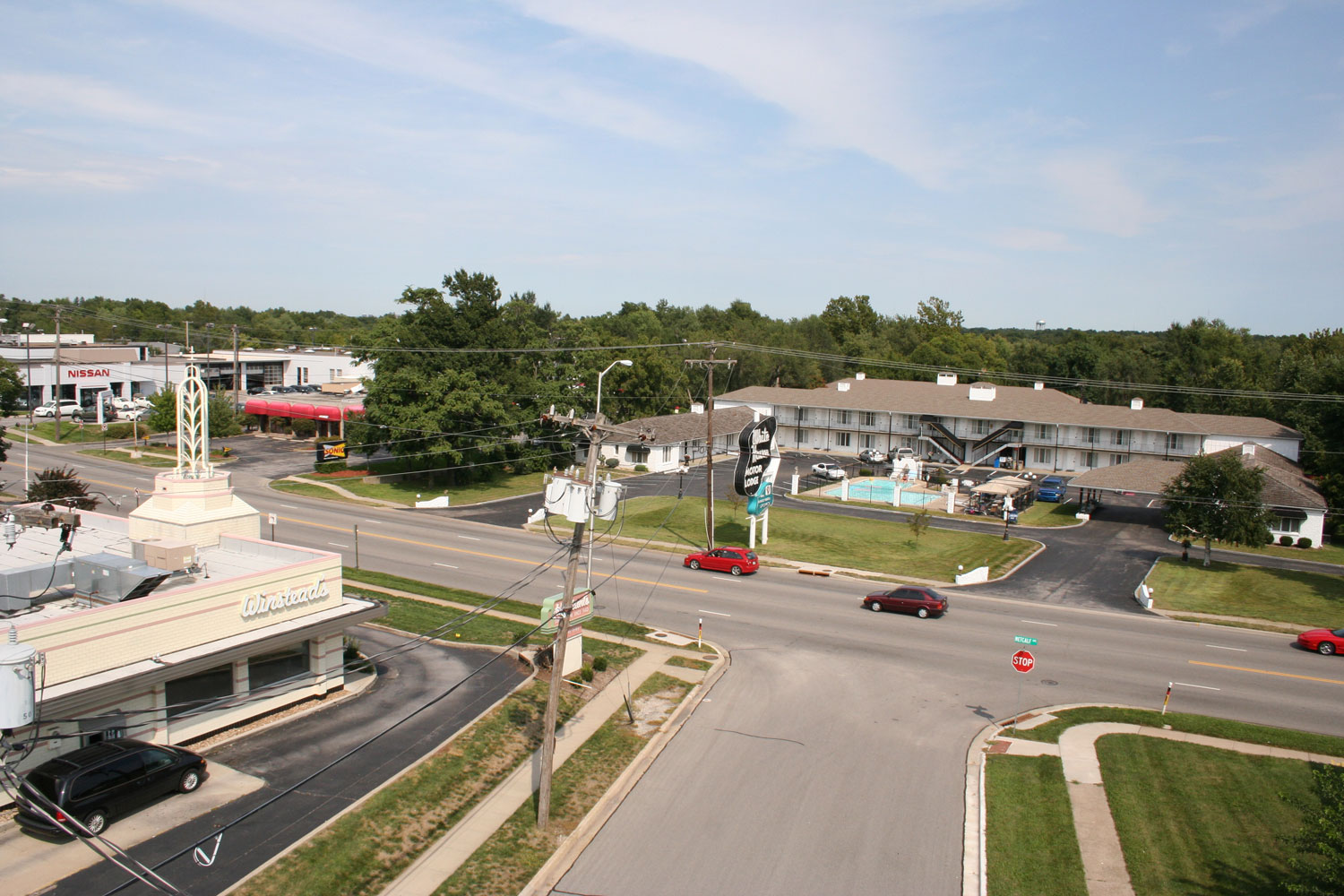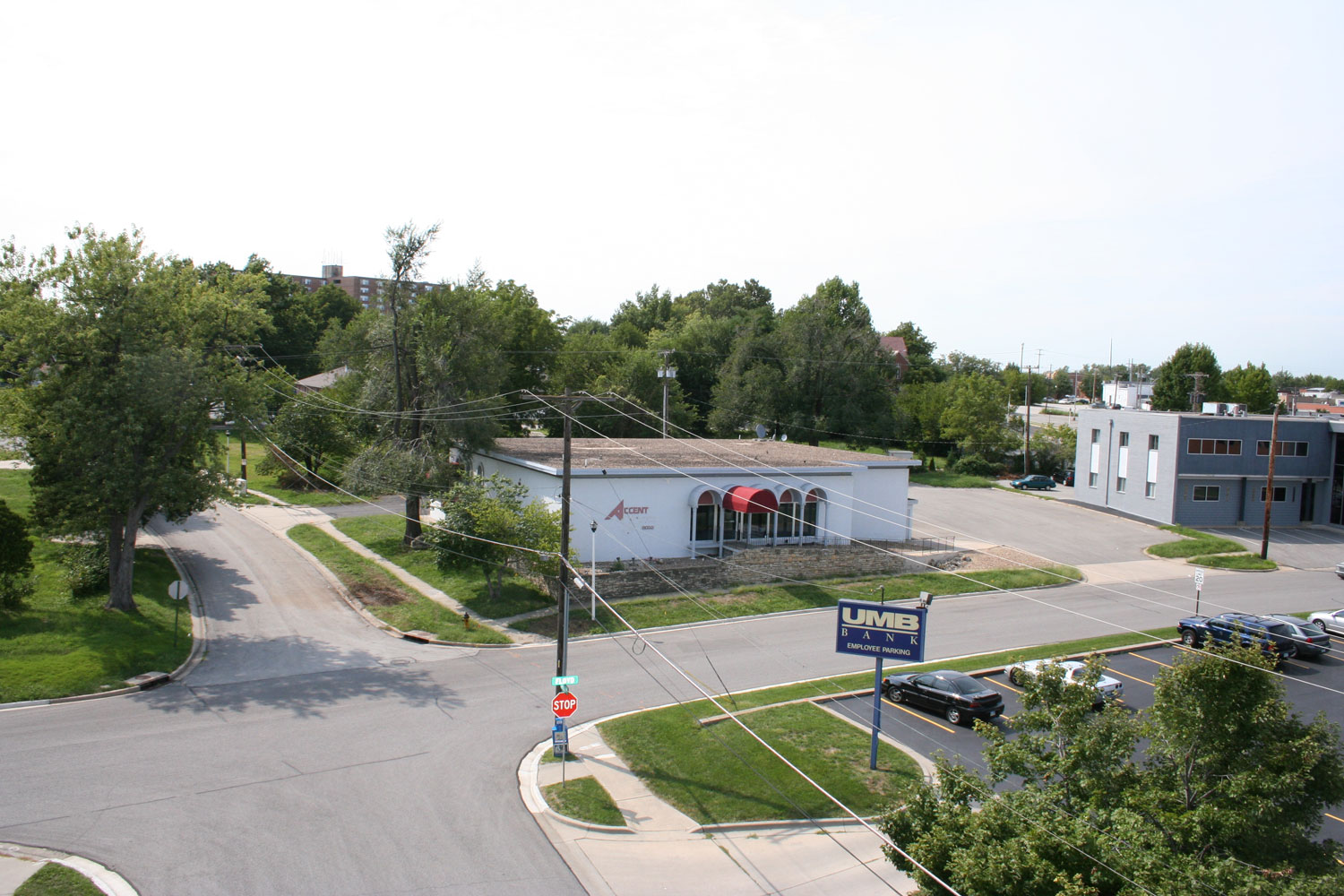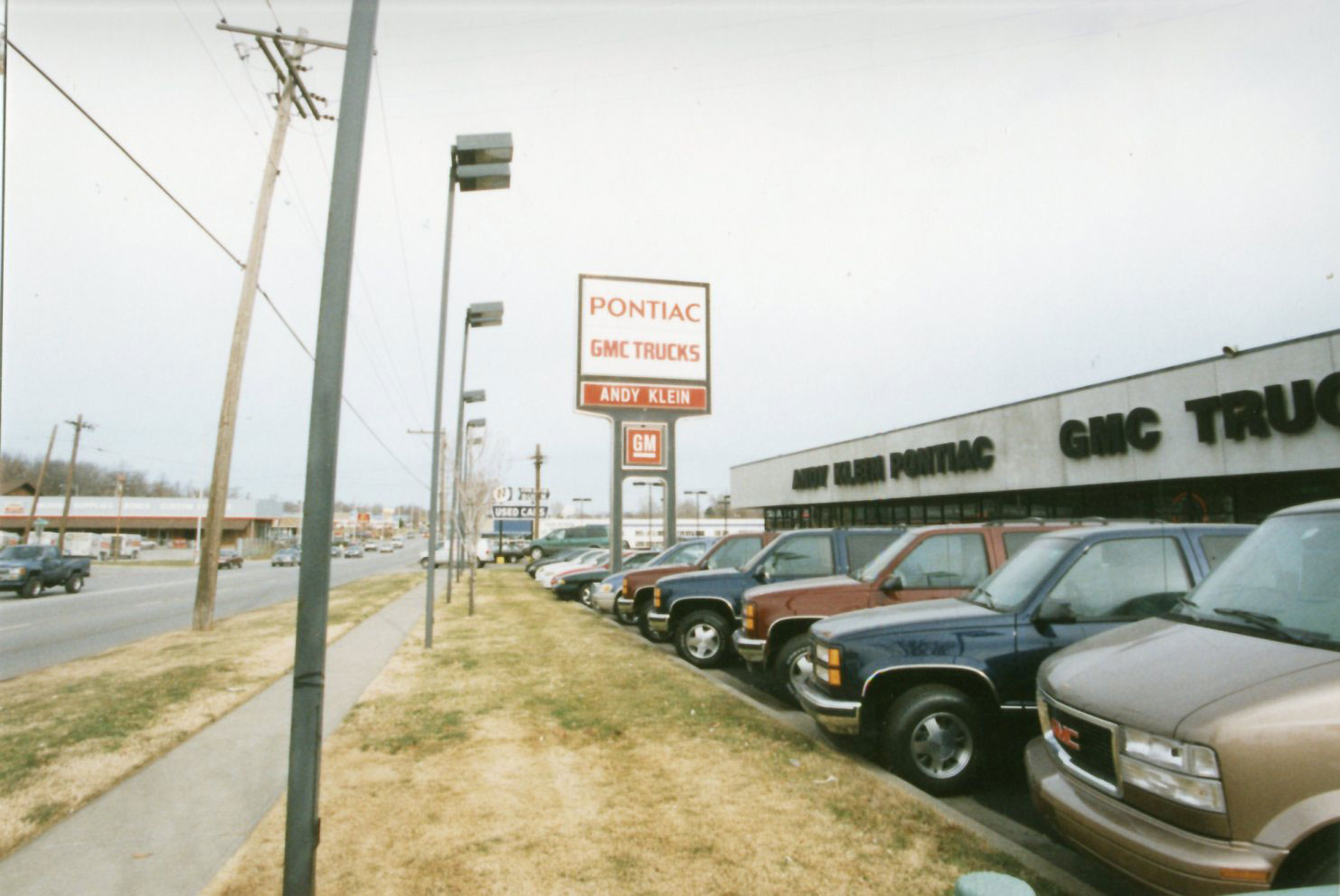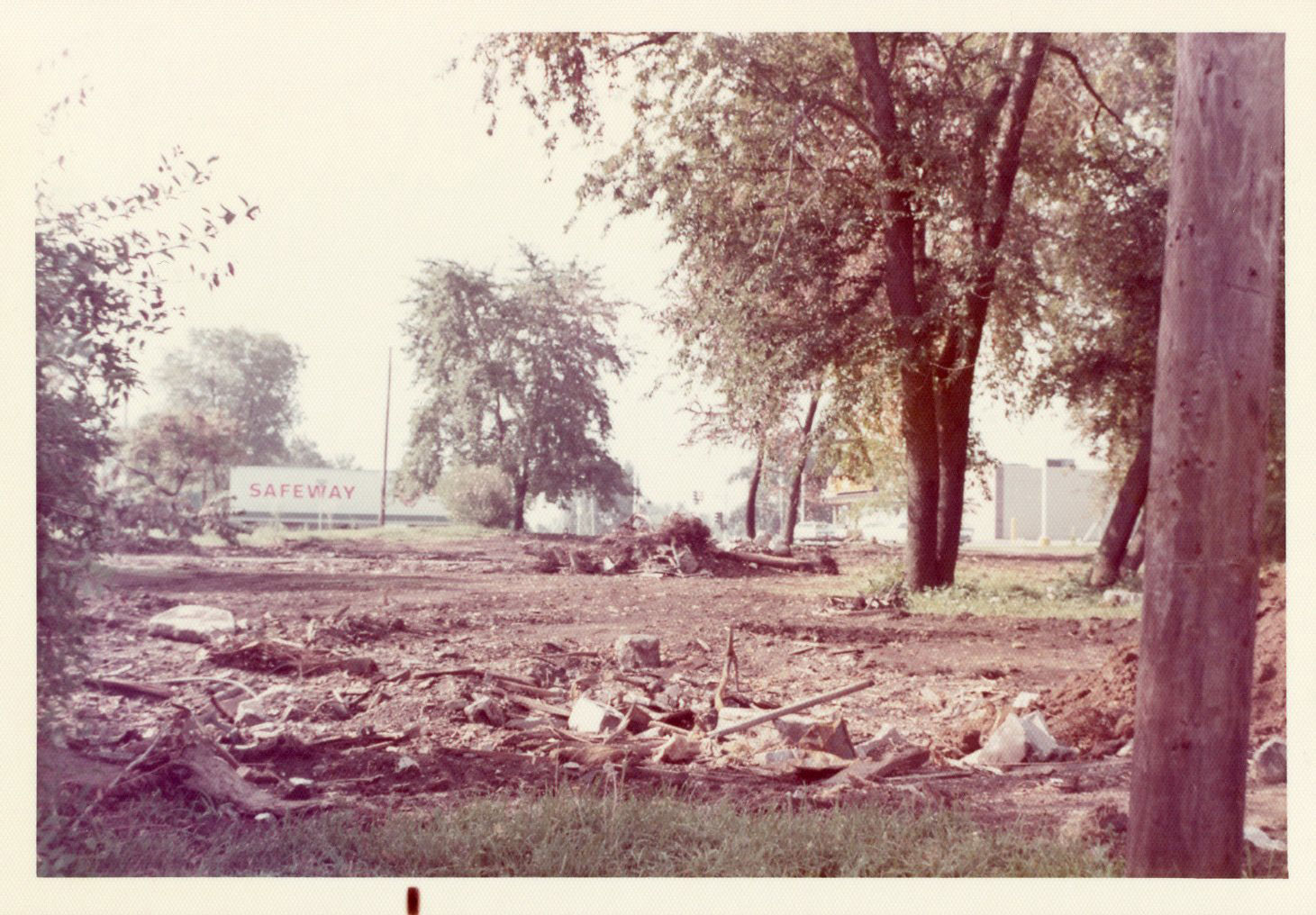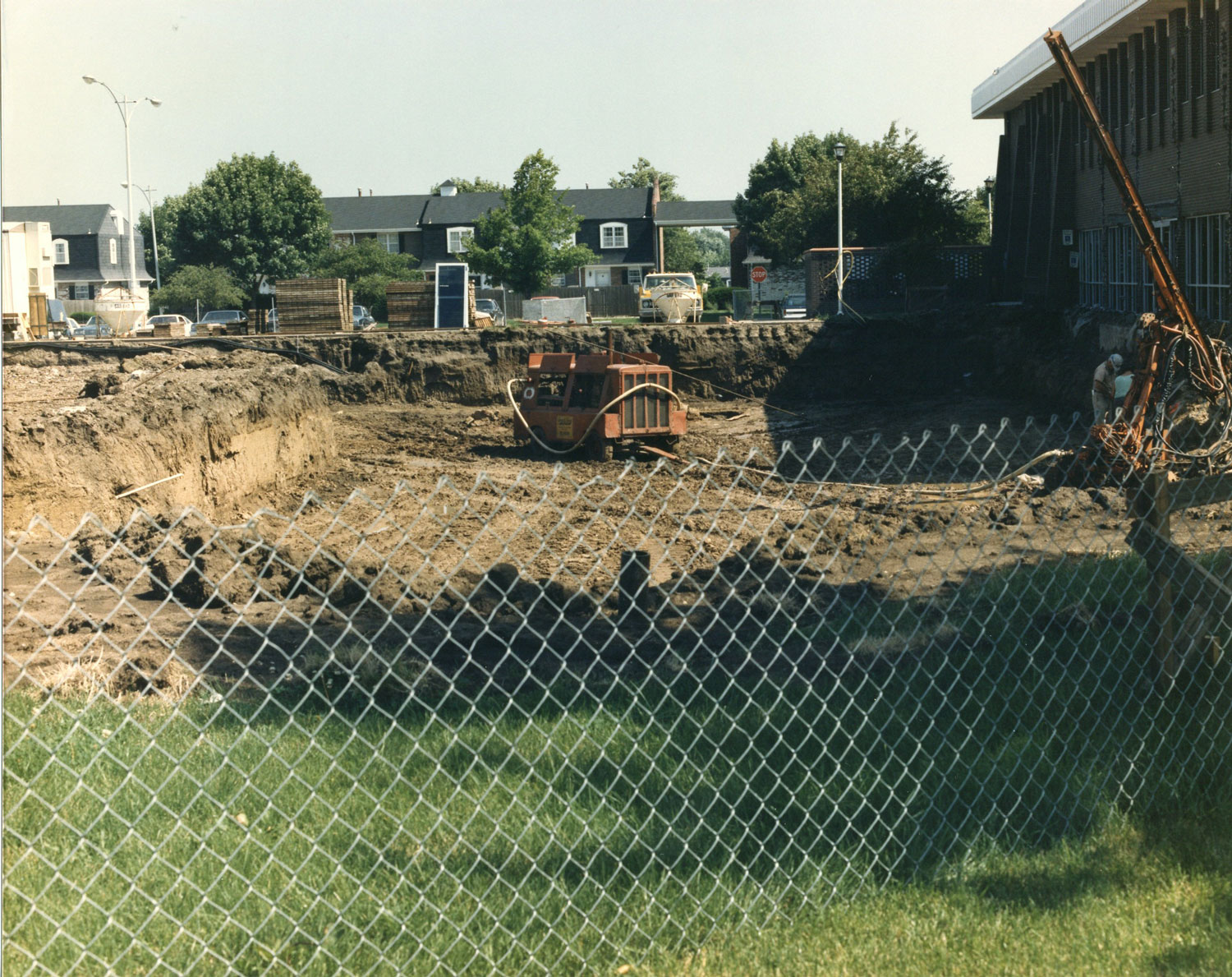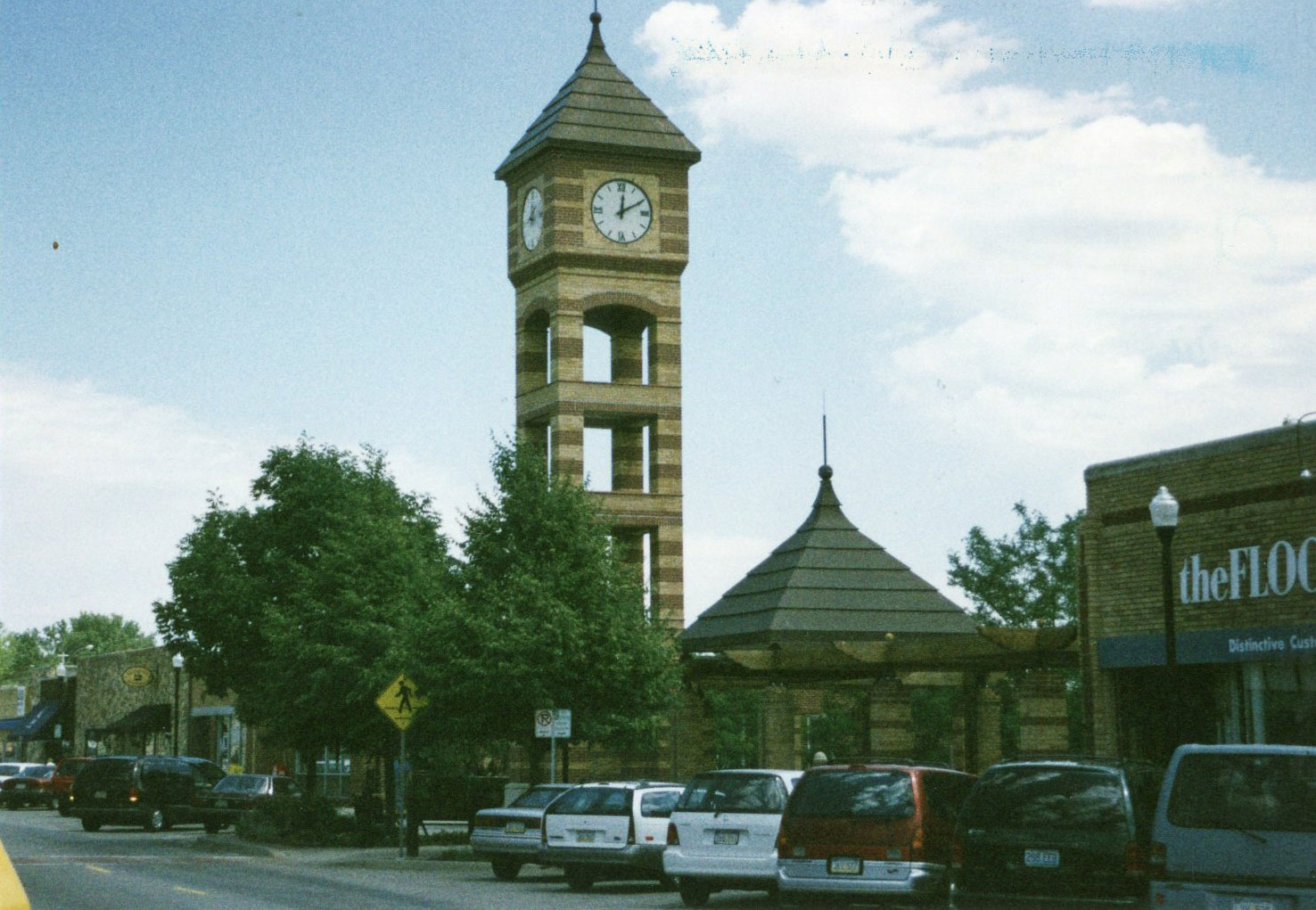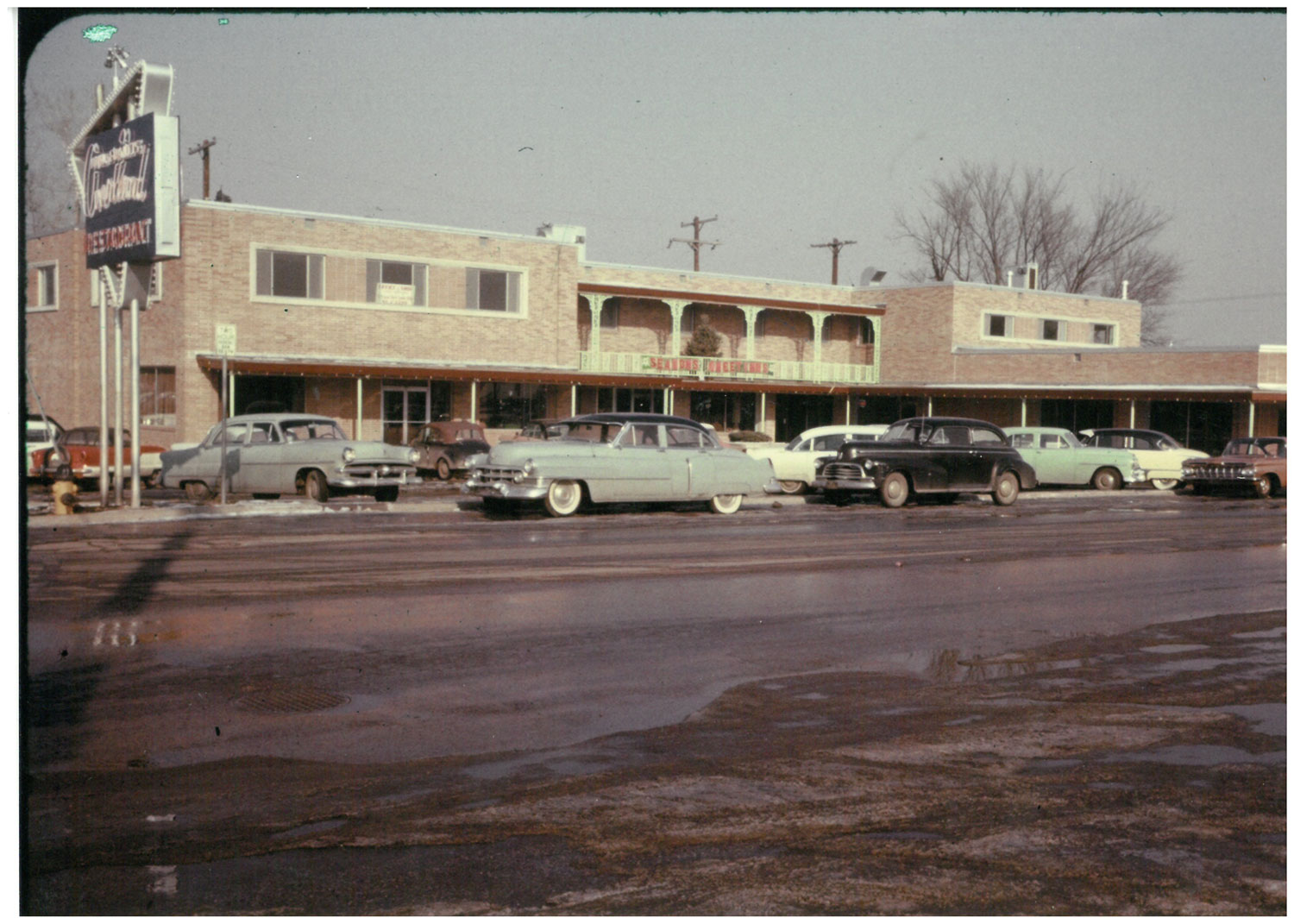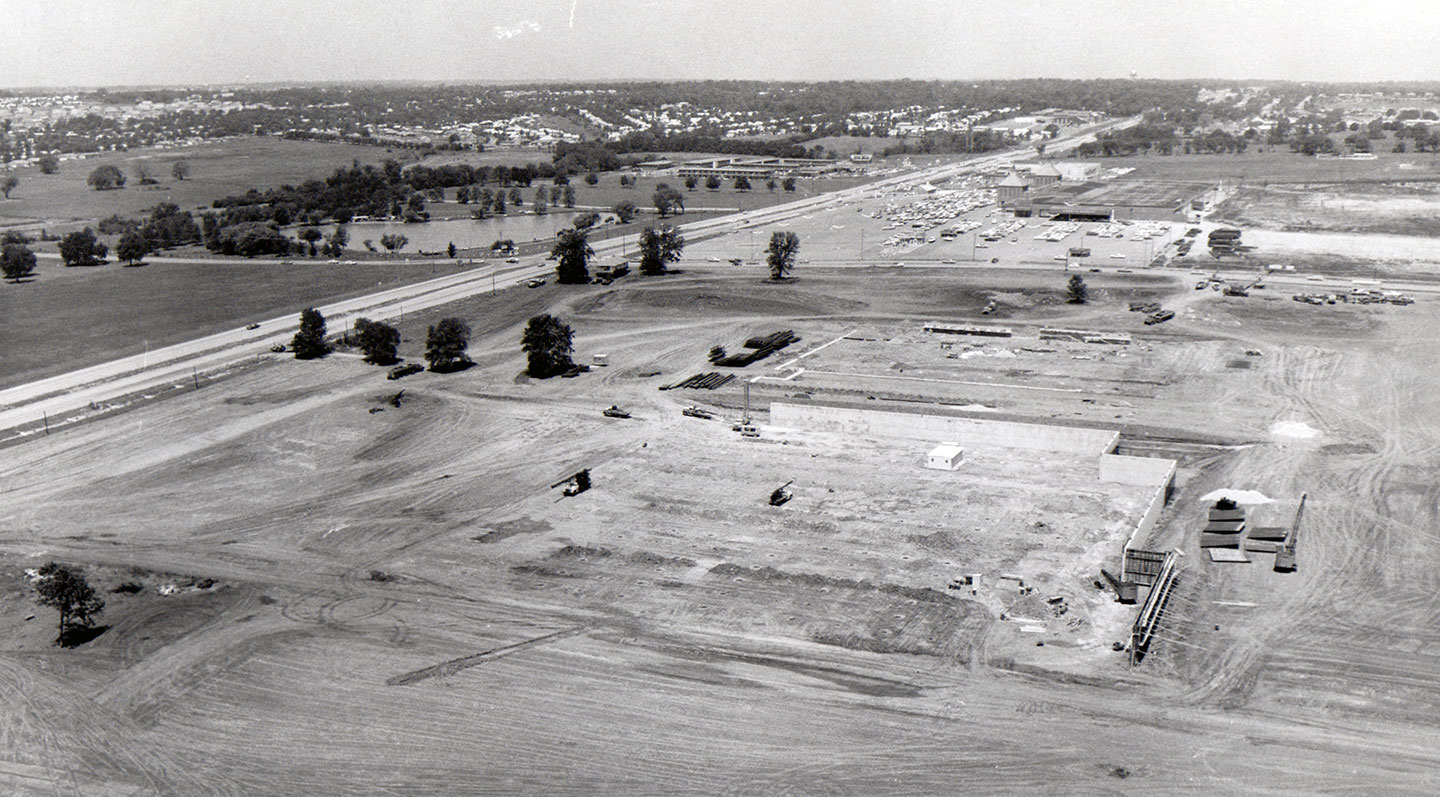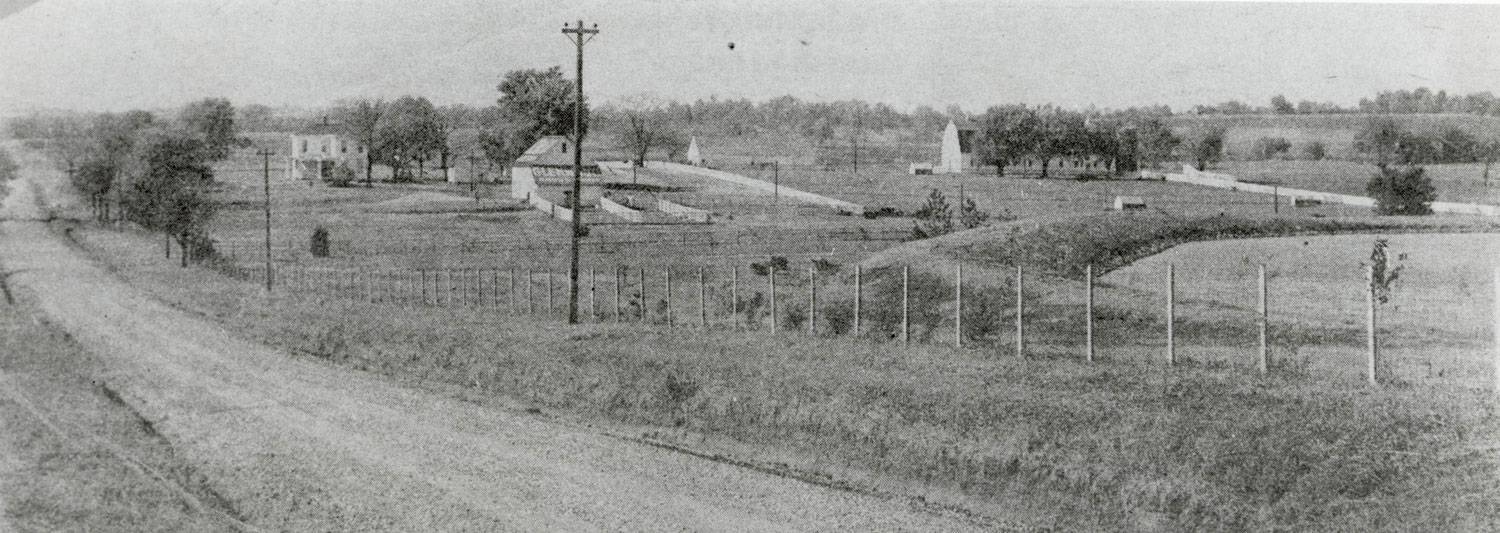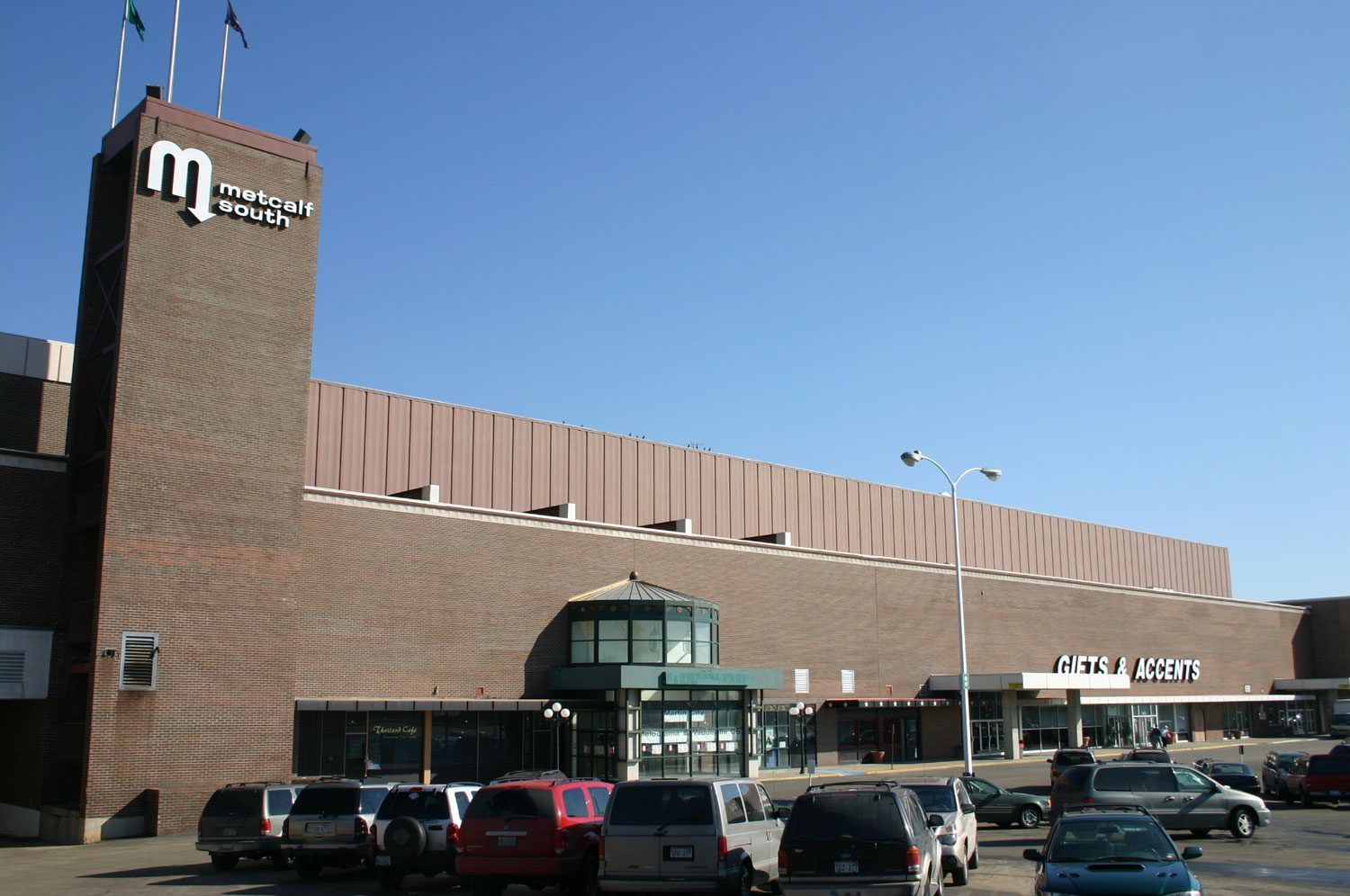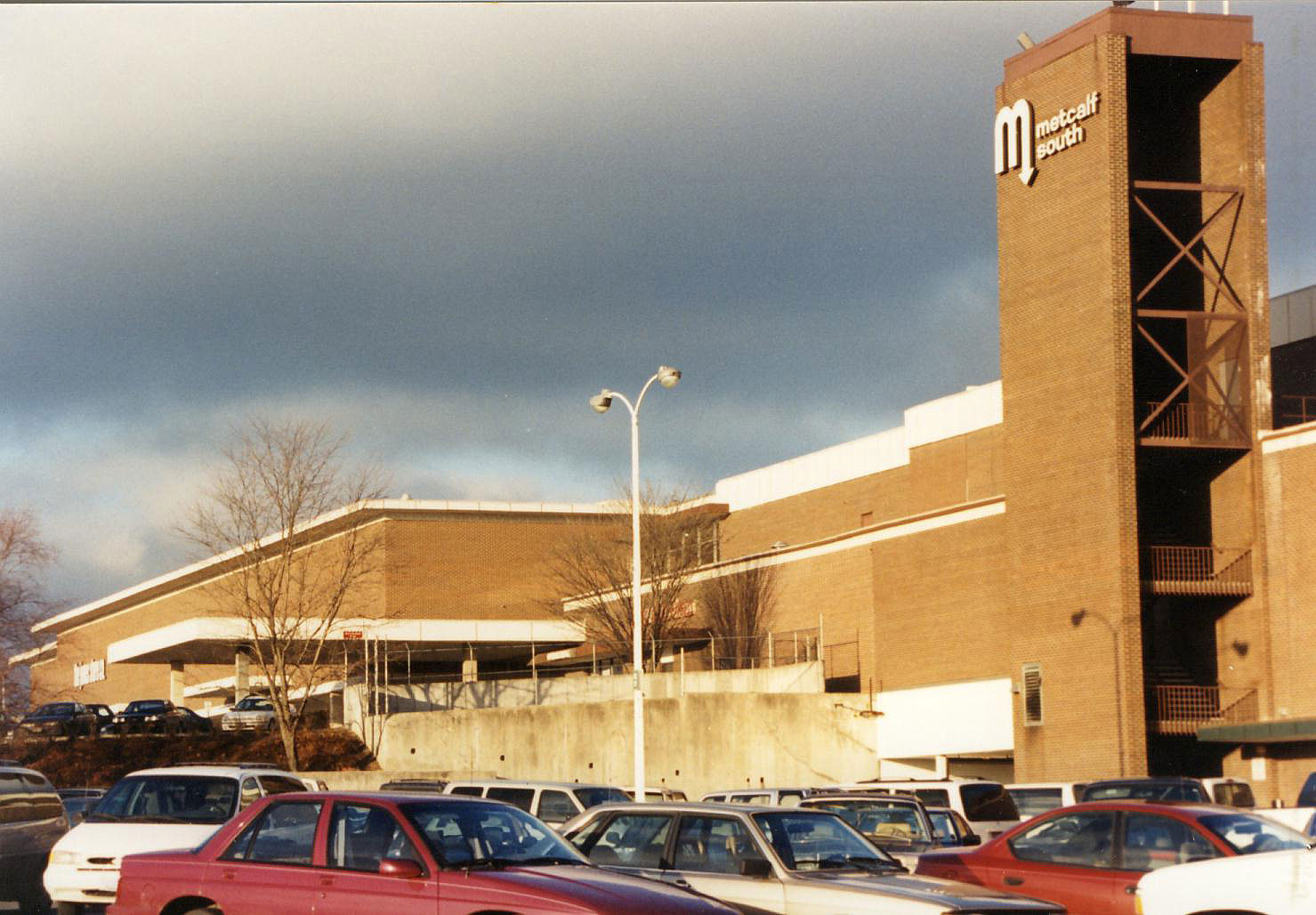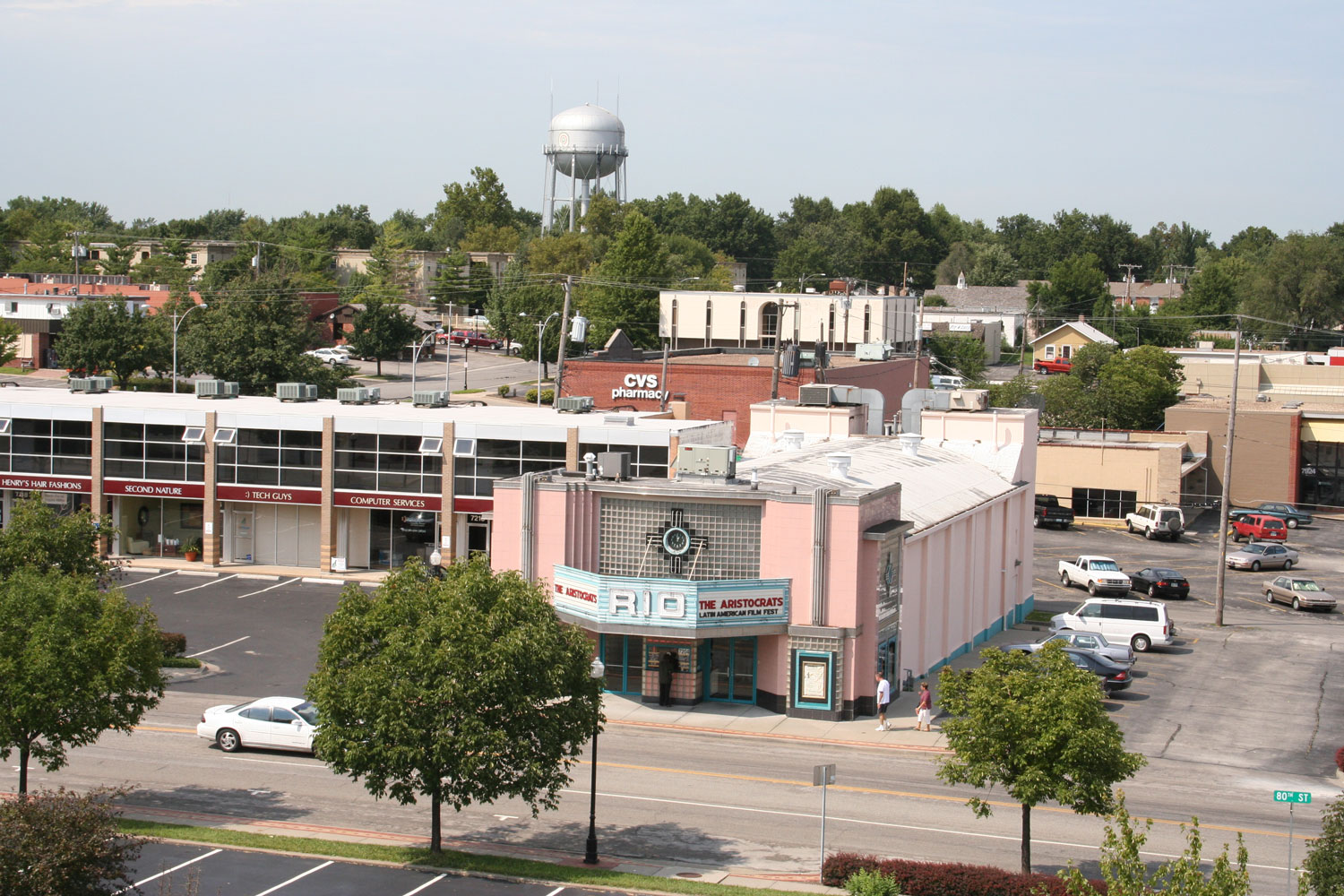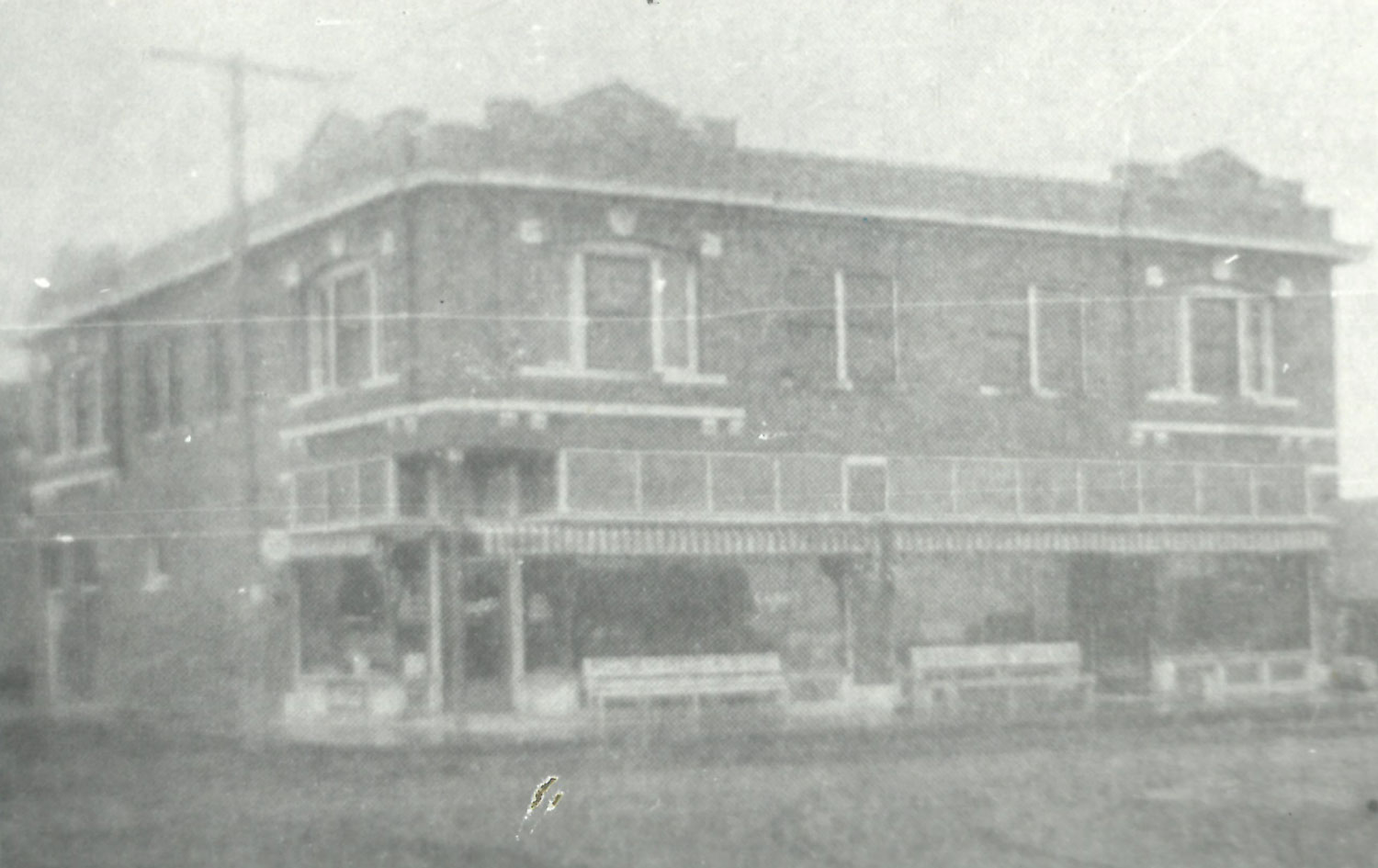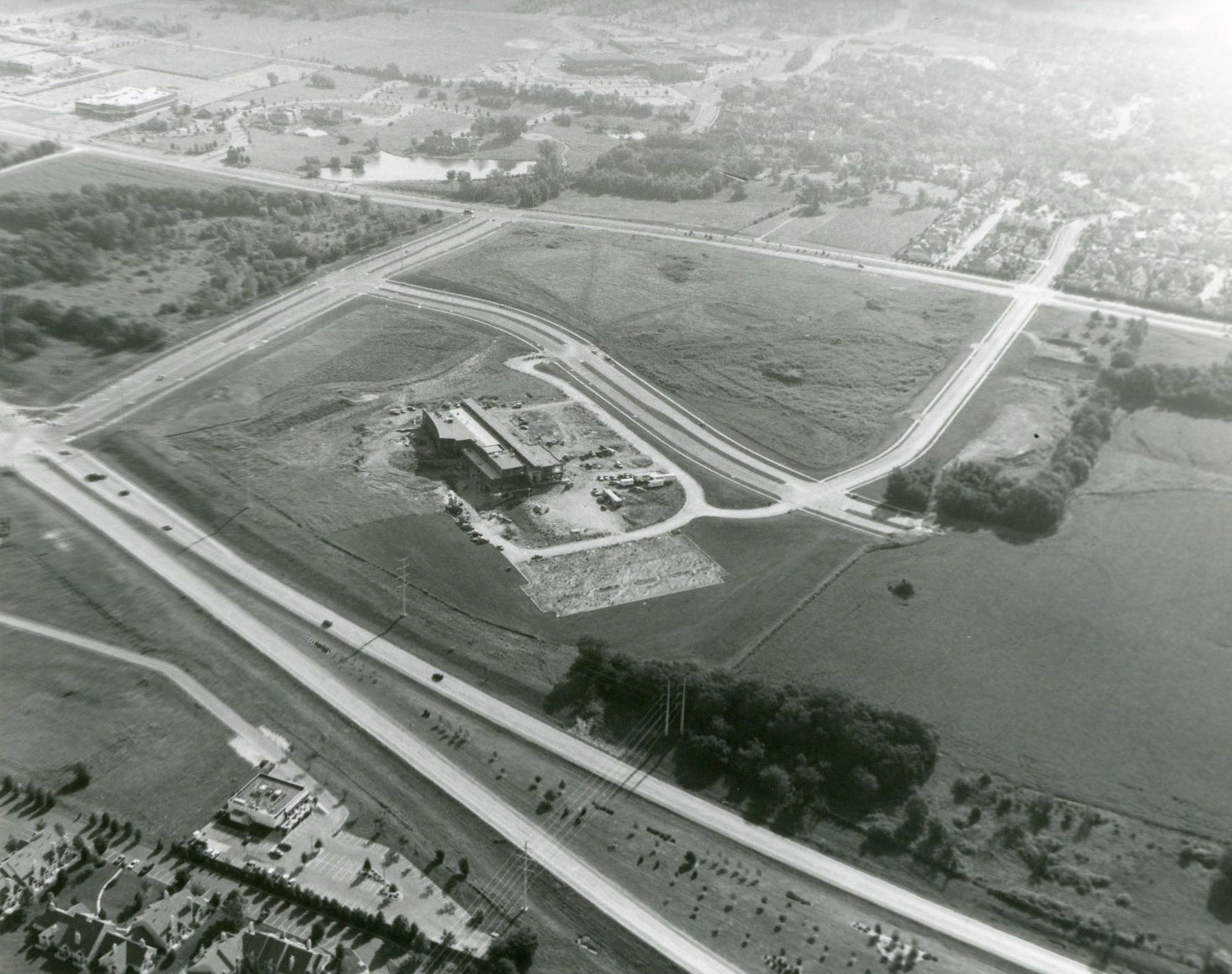Overland Park History
Overland Park History
Members of the Shawnee, Cherokee, Delaware, Wyandot, Ottawa, Wea, Miami, Pottawatomie, Chippewa, Quapaw, Osage and Kickapoo, tribes called northeastern Kansas home for hundreds of years.
In the late 1800s, white settlers began to arrive to the area.
A Community’s Beginning
Overland Park traces its roots back to 1905 with the arrival of its founder William B. Strang Jr., who platted subdivisions, including one named “Overland Park,” along a military roadway southwest of Kansas City.
Strang envisioned a self-sustaining, well planned, “park-like” community that had strong commerce, quality education, vibrant neighborhoods, convenient transportation and accommodating recreational facilities – all amenities that today, make Overland Park one of the best places to live and grow up.
Prior to incorporation, the area that is now north Overland Park was part of the Mission Urban Township, which included the cities of Mission and Prairie Village. Overland Park’s formation was based on land other communities shunned.
Before Strang’s death in 1921, he established several housing developments, an interurban railroad and an airfield. You can see remnants of his interurban line in Downtown Overland Park today, along with his limestone car barn at 79th and Santa Fe Drive and his Carriage House at Thompson Park.
Incorporation
On May 20, 1960, Overland Park was incorporated as a first-class city with a population of 28,085. The nationally-recognized city today encompasses 75.6 square miles of Johnson County, and has more than 200,000 residents, making it the second most populous city in Kansas and metropolitan Kansas City.
Overland Park Flourishes
The 1960s and 1970s brought major development to Overland Park, including many residential subdivisions, Metcalf South Shopping Center, Corporate Woods, Oak Park Mall, and the early days of Deanna Rose Children’s Farmstead. During this time, the City built a new City Hall and moved many operations to Santa Fe Drive and Antioch, where City Hall is today.
During the 1980s, the city experienced a boom in commercial and residential development. By 1988, the city’s population passed 100,000.
Planning for the Future
In the early 1990s, City officials focused their efforts on renovating the historic downtown area, dedicating the Clock Tower Plaza and building the Farmers’ Market pavilion. Eventually, this included opening the Matt Ross Community Center at 81st and Marty.
Overland Park continued to thrive in the early 2000s, until the nationwide recession in 2008. During this time, Overland Park began a community-wide look at land use along and near Metcalf Avenue, called “Vision Metcalf.” This plan guides redevelopment in Downtown Overland Park and farther south along Metcalf.
In 2017, the community began a community-wide project to consider not just land use, but the city’s strategic vision for the future as a whole. Forward OP incorporated public input from across the community to develop goals that support legislative action to create a welcoming, engaged, sustainable, and connected city with a strong economy.
Historical Locations
Overland Park is home to several sites and buildings of historical significance.
The City does not have any official historical landmarks.
- Blackfeather Farm
- Broadmoor Ranch House Historic District
- E.C. Chase House
- Gleason House
- Morse Church
- Overland Theater
- Strang Car Barn
- Strang Carriage House

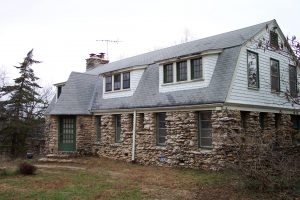
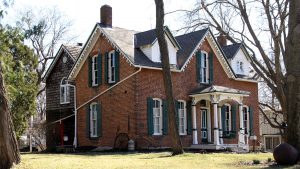
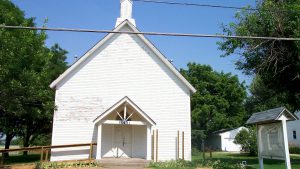
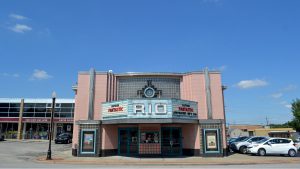
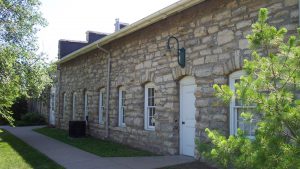 7400 W. 79th St.
7400 W. 79th St.